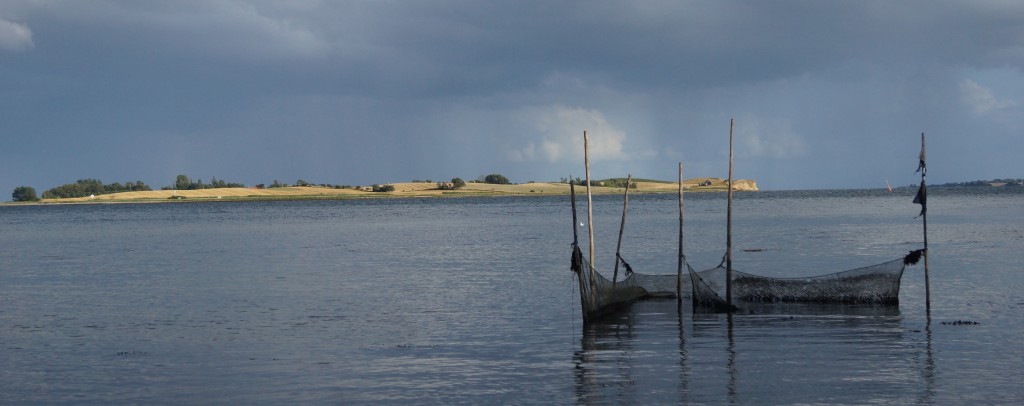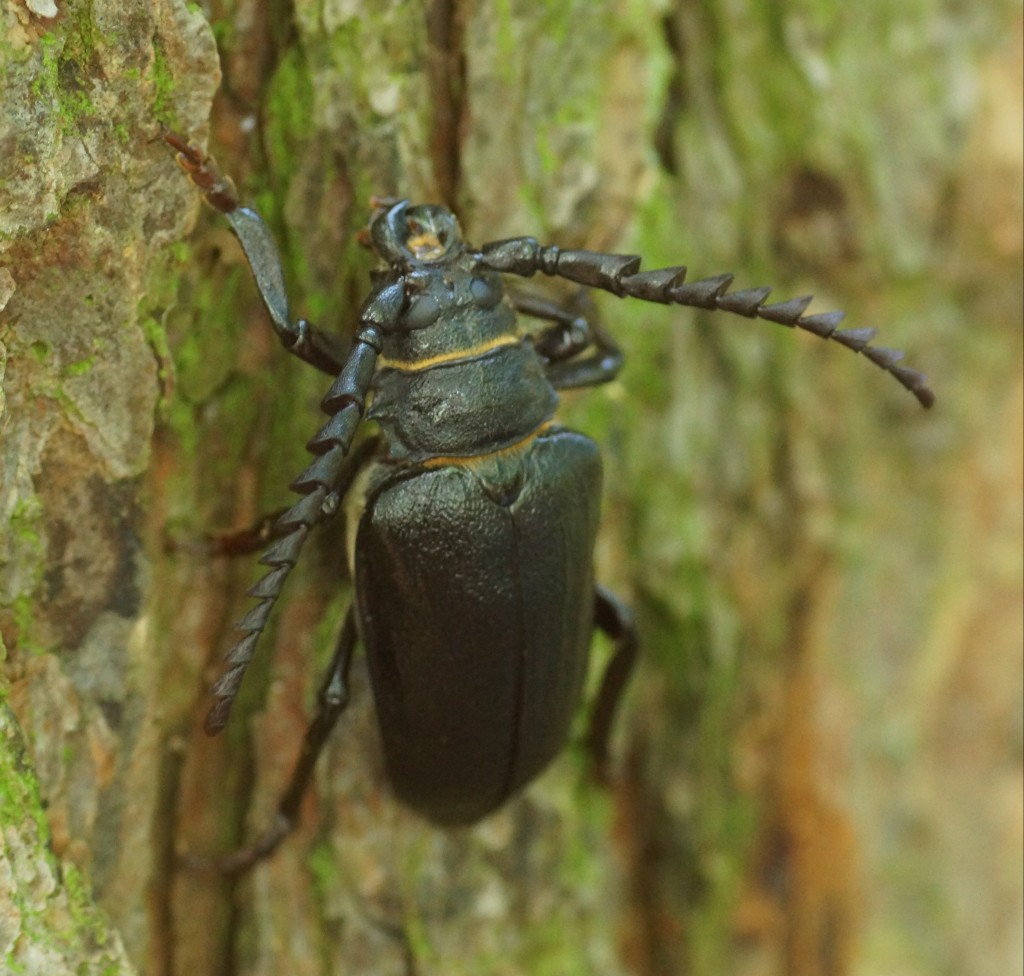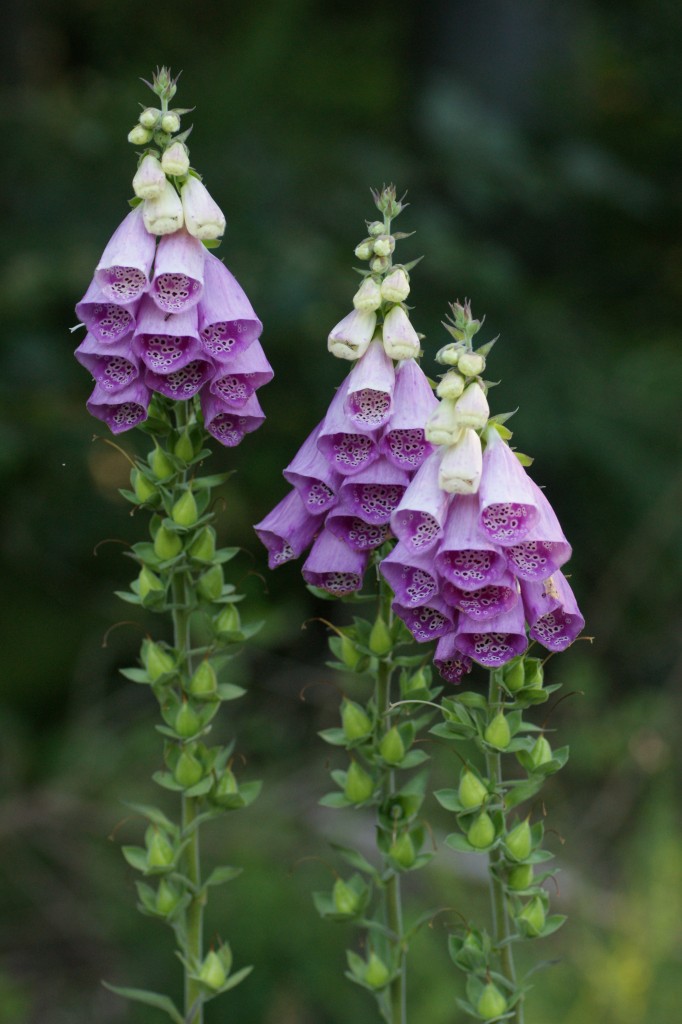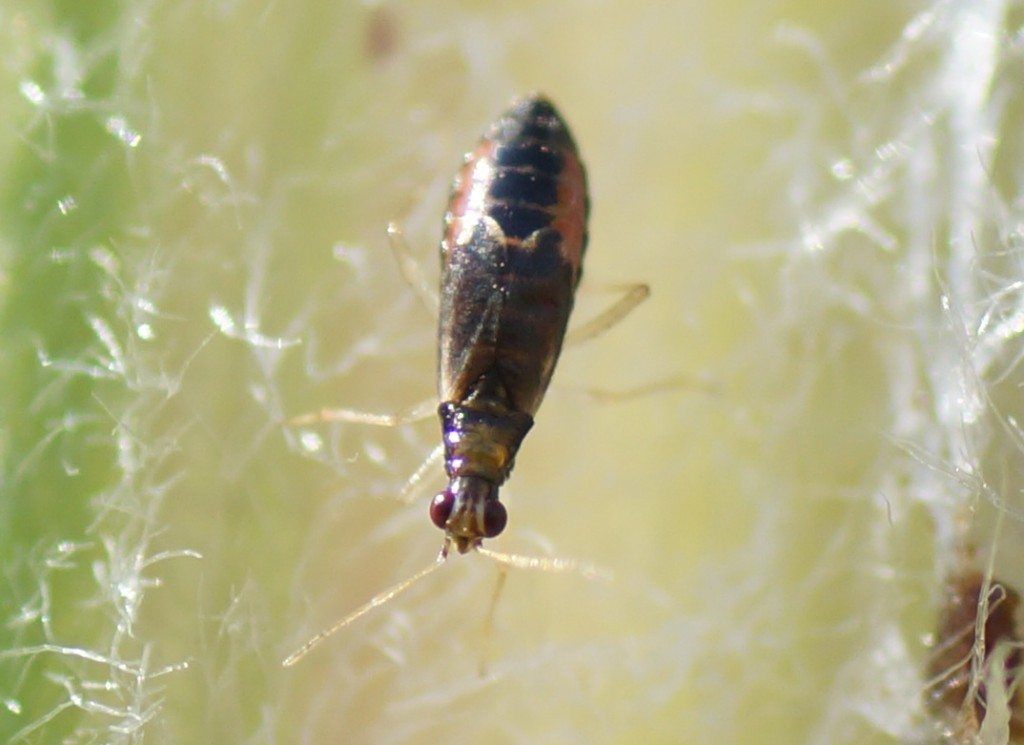The beach
The Dyreborg beach is the Archipelago at its finest. The coast is a well-sheltered lagoon with sand and beach plants, and the view draws your eyes towards Bjørnø and Avernakø, while you can still catch a glimpse of Ærø on the horizon. The beach is perfect for sunbathing or just a trip to the beach so for this reason it is a popular place for local families. If you venture into the water, you will find it shallow with an uneven bottom. There is a forest of seaweed here with eelgrass belts and sandy spots that provide perfect living conditions for the archipelago’s wide variety of wildlife. As a result, the water is teeming with shrimps, crabs, mussels, starfish, sea snails, and tiny fish and if you are lucky you can even spot trout and porpoise from the beach.
Black Squirrel
Most people probably associate the Danish squirrel with the red squirrel, but the black squirrel is actually the one indigenous to Denmark. The red squirrel is introduced and what one might think of as an invasive species. However,”species” isn’t really accurate because all Danish squirrels belong to the same species and can better be described as local colour variations. They mate freely amongst themselves and as red squirrels are genetically dominant, black squirrels may eventually disappear completely from Denmark.
However, black squirrels in Dyreborg Skov have been found to be genetically pure and as part of a project, a number of squirrels from here have been trapped and released on the nearby island of Langeland which for many years have had no squirrels at all. It’s hoped that this will form a refuge for black squirrels and give us a chance to secure a pure population of the indigenous Danish squirrel.
Maybe you will be lucky to spot a black squirrel and know that this is how squirrels looked a long time ago when stone age people from time to time roasted one over the fire.
You can read more about the Black Squirrel project here
The tanner beetle (Prionus coriarius)
Every now and then, you might be lucky to meet our largest land beetle, the tanner. This is an impressive creature reaching almost 45 mm in lenght
The tanner is primarily associated with old beech trees, usually on rich soil with plenty of decaying and fallen timber.
It is relatively active at dusk, but we have also seen it in the middle of the day. It can be spotted from mid-July to September.
The larva, which lives under the bark and in the roots of rotten trees, is of course also large and can reach 8 cm. It usually takes 3-4 years for the larva to develop into a mature beetle. After reaching maturity, it only lives for about a month and quite understandably so, as it does not take any nourishment at all at this last stage of its life.
Common foxglove (Digitalis purpurea)
If you visit Dyreborg Skov at the end of June and in July, you cannot help but notice the common foxglove which is to be found everywhere in the wood.
The common foxglove is not indigenous to Denmark, but is by now considered part of the Danish flora. Originally, it escaped into the wild from gardens and probably medicinal monastery gardens in particular, as its medicinal properties have been known for centuries. The plant contains digoxin and digitoxin, toxins that affect the cardiac rhythm. In large quantities they can cause cardinal arrest.
A very small insect is linked to the common foxglove. It’s the tiny and inconspicuous Dicyphus pallicornis which spends its entire life on this plant. If you want to find the bug, the easiest way to do this is to look in the leaf rosettes of the foxglove in early spring just when they emerge. Enjoy your hunt. It is just 3-4 mm long.











